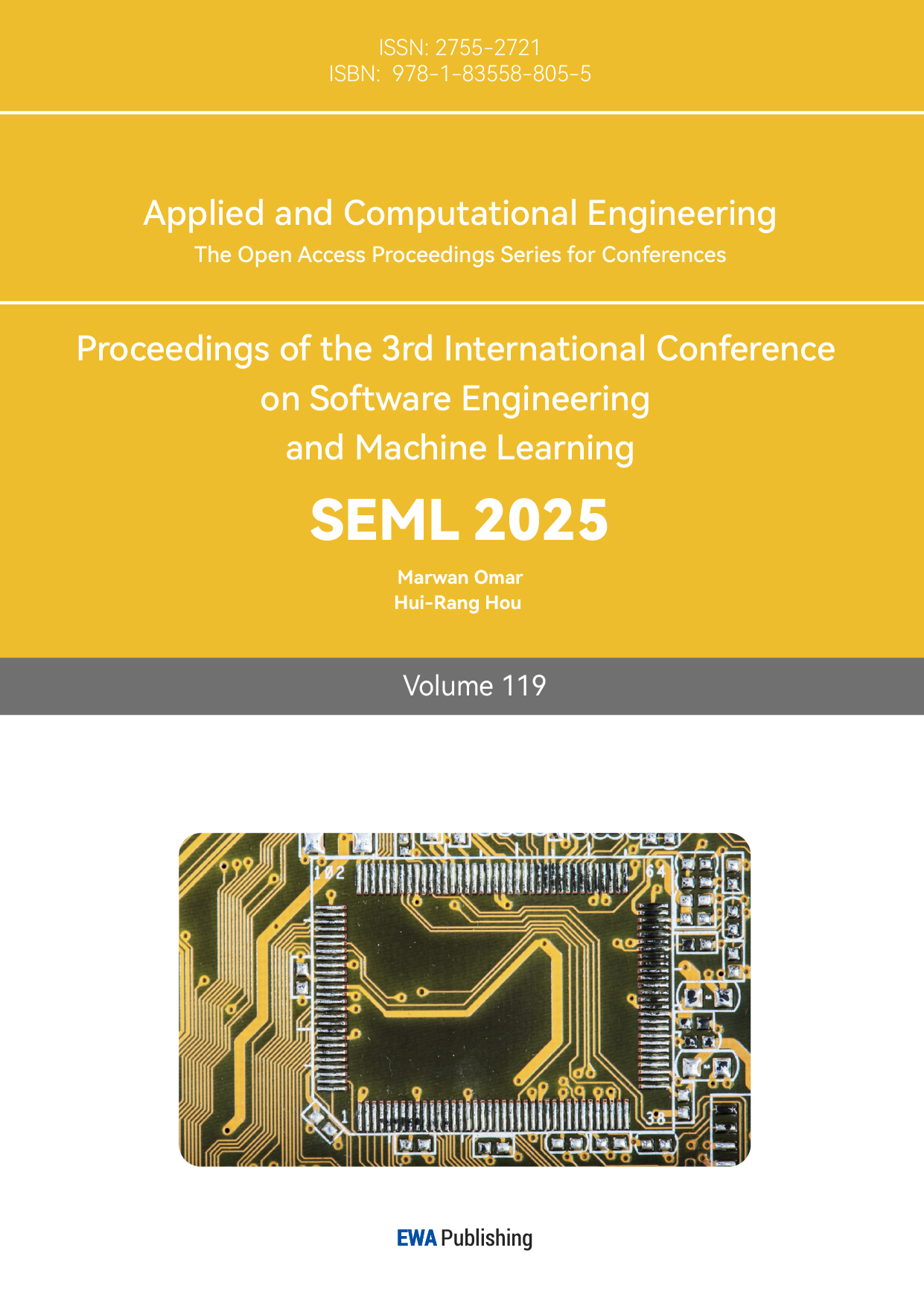1. Introduction
With the rapid development and popularization of light and small UAV technology, its application in agricultural monitoring, disaster relief, traffic inspection, environmental monitoring and other fields is increasingly widespread. The cameras mounted on drones can obtain a large range of multi-angle image data from high altitudes or complex terrain, but how to quickly and accurately detect targets (such as vehicles, pedestrians, buildings, crops, etc.) from these dynamic, high-resolution images has become a key technical challenge. Uav images are characterized by small target scale, large background interference, large illumination variation, and oblique shooting Angle, etc. Traditional target detection algorithms (such as sliding window method based on manual features) are unable to meet the requirements in terms of real-time and robustness [1]. In recent years, the breakthrough of deep learning technology has provided a new idea for this field. The detection model based on convolutional neural network (CNN) has significantly improved the detection accuracy and efficiency in complex scenes through end-to-end learning. In this context, image target detection of light and small unmanned aerial vehicles (UAVs) has become a research hotspot in the cross-field of computer vision and UAVs application, and its achievements are of great significance for improving the autonomous operation capability of UAVs and promoting the development of low-altitude economy [2].
YOLOv8, the latest version of the YOLO (You Only Look Once) series, shows significant advantages in light and small UAV image target detection with its efficient single-stage detection framework. First, by improving the network structure (such as introducing deeper backbone networks and dynamic label allocation strategies), YOLOv8 improves the detection accuracy of small targets while maintaining real-time performance, which is crucial for targets with low pixel proportion in drone images (such as disease and pest areas in farmland or small vehicles in urban traffic). Secondly, YOLOv8 supports lightweight model design and can compress model volume through pruning and quantization technology to adapt the limited edge computing resources of UAVs and realize real-time inference on board. In addition, the multi-scale feature fusion mechanism can effectively deal with the problem of target scale difference caused by altitude change in UAV images. For example, in forest fire monitoring missions, YOLOv8 can quickly locate fire points and assess fire extent, providing critical information for emergency response. These characteristics make YOLOv8 one of the preferred algorithms in the field of light and small UAV image analysis [3]. Based on the application of YOLOv8 algorithm in target detection of light and small UAV images, this paper explores the application prospect of YOLOv8 algorithm in target detection of light and small UAV images, and explores its application prospect in the course reform of university physics experiment.
At present, the university physics experiment curriculum reform is developing towards the direction of "interdisciplinary integration" and "engineering practice orientation", emphasizing the cultivation of students' innovation ability and technology application ability through real scene projects. As a typical cross-disciplinary subject, object detection of light and small UAV image provides a new carrier for physics experiment teaching. For example, in the experiment of "Optics and Imaging Technology", students can explore the source of noise in image acquisition and its impact on target detection by combining the optical principle of drone camera; In the "Kinematics and Dynamics" module, the mechanism of motion ambiguity on detection accuracy can be understood by analyzing the relationship between UAV flight trajectory and image stability [4]. At the same time, the introduction of YOLOv8 algorithm practice can enable students to abstract physical phenomena to mathematical models, and then realize algorithm optimization through programming, and fully experience the innovation chain of "theory - experiment - application". In addition, the course can integrate the drone hardware platform and AI software tools to design comprehensive experiments such as "Drone intelligent inspection based on YOLOv8", guide students to solve practical problems, and improve their technical accomplishment in frontier fields such as intelligent perception and edge computing [5].
2. Data sources
The data set selected in this paper is an open source data set of video type. The images taken by light and small drones contain various types of drones in various environments. We crop each frame of the video to obtain the image data set used in this experiment. In terms of data set partitioning, we randomly divided the data set according to the ratio of 7:3, 70% of the images were used for the training set and 30% of the images were used for the test set. Part of the data set is shown in Figure 1.
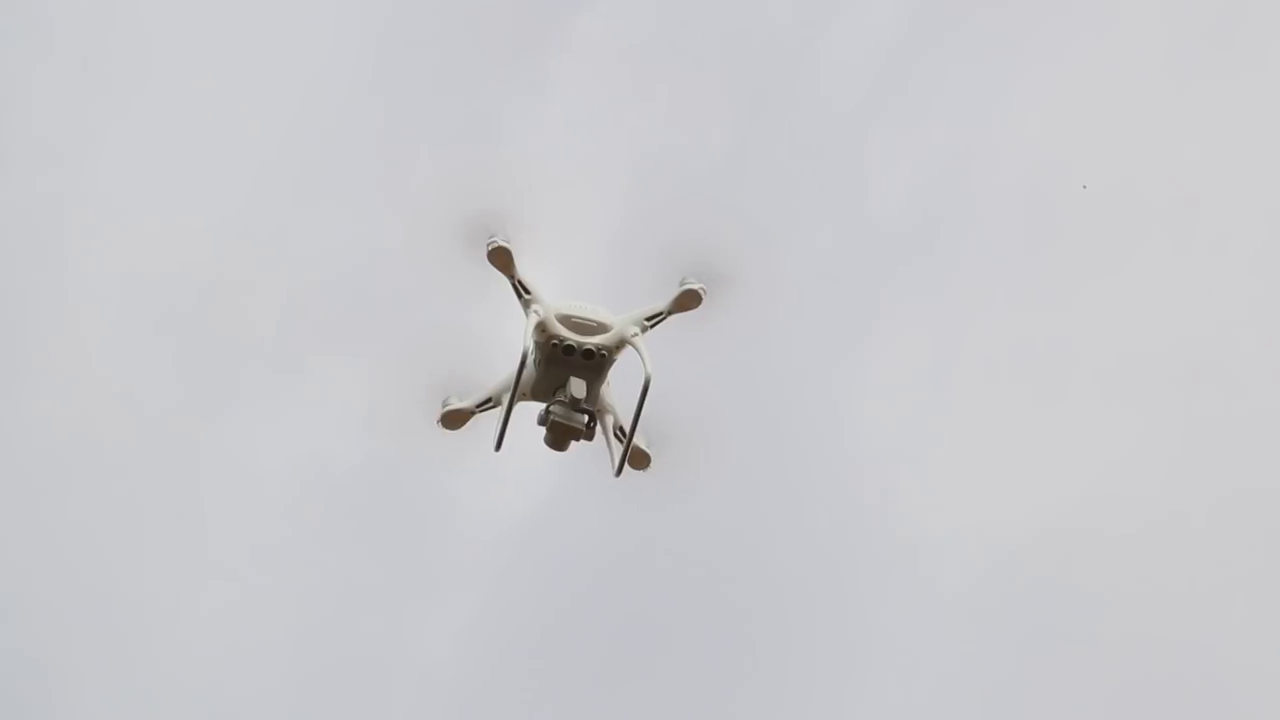
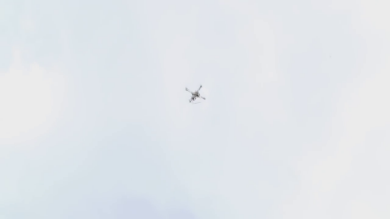
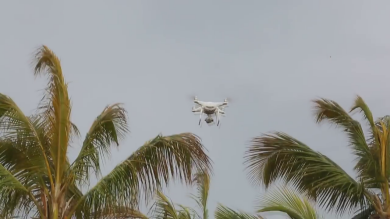
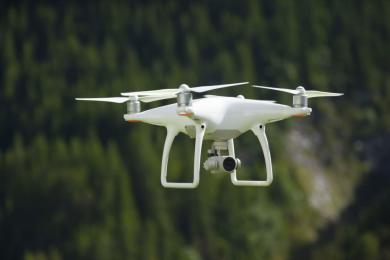

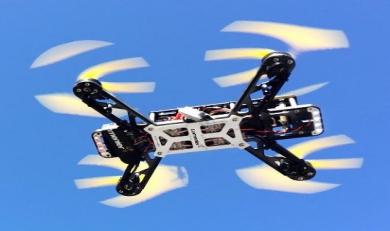
Figure 1: Part of the images in the data set.
3. Method
YOLOv8 (You Only Look Once version 8) continues the core idea of YOLO series single-stage target detection, that is, complete target location and classification through a single forward propagation to achieve real-time detection. Its network architecture is divided into three parts: Backbone, feature pyramid (Neck) and Head (Head). The backbone network adopts the improved CSPDarknet53 structure to reduce computational redundancy and improve feature extraction efficiency through Cross Stage Partial Connections (CSP). Feature pyramid introduces a multi-scale fusion mechanism (such as PANet), which combines shallow high-resolution features with deep semantic features to enhance the detection ability of small targets. The detection head adopts a decoupled design to separate classification and regression tasks and optimize parameter learning through parallel branches [6]. This architecture takes into account the feature representation requirements of different scale targets while maintaining lightweight [7]. The model structure diagram of YOLOv8 algorithm is shown in Figure 2.

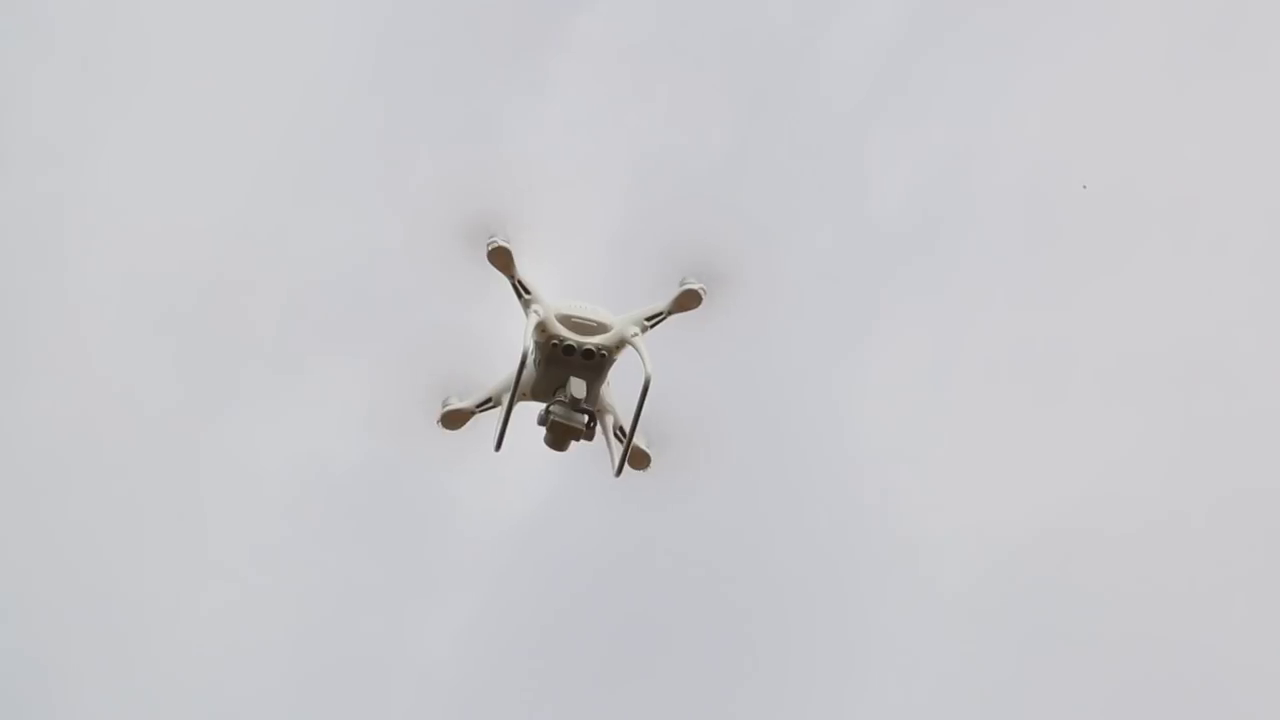
Figure 2: The model structure diagram of YOLOv8 algorithm.
The core innovation of YOLOv8 lies in the dynamic label allocation strategy and modular structure optimization. The traditional YOLO algorithm uses static label allocation (such as positive and negative sample division based on IoU threshold), while YOLOv8 introduces a dynamic allocation mechanism of Task-Aligned Assigner to dynamically select positive samples based on the joint score of classification confidence and positioning accuracy, which reduces the problem of matching bias between targets and anchor frames in complex scenarios. In addition, the new C2f module (Cross Stage Partial Fusion) in the backbone network combines the CSP structure with the idea of gradient shunt, and preserves more abundant gradient information through multi-branch convolution. The Spatial Pyramid Pooling Fusion (SPPF) module superimposes cores of different sizes in the pooling layer, enlarges the feature receptive field, and significantly improves the detection robustness of occluding targets and dense small targets [8].
YOLOv8 uses a number of optimization strategies during the training phase. In terms of Loss function, binary cross entropy (BCE Loss) was used for classification task, and CIoU Loss (Complete Intersection over Union Loss) combined with Distribution Focal Loss was used for regression task. The accuracy of boundary frame regression is improved by considering the overlap rate of target frame, center point distance and aspect ratio difference [9]. For data enhancement, the algorithm integrates Mosaic (four-graph Mosaic) and MixUp (image mixing) technologies to simulate multi-scale and multi-target complex scenes and enhance model generalization ability [10].
In order to meet the requirements of edge device deployment, YOLOv8 provides a variety of lightweight solutions: First, through structure heavy parameterization (RepVGG Block), the multi-branch convolution during training is converted into a single branch structure during inference, which can accelerate the calculation without losing accuracy; The second is to support model pruning and quantization, eliminate redundant neurons by channel pruning, and then compress model volume by INT8 quantization, so that the algorithm can run in real time on the on-board chip of the UAV with limited computing power (such as Jetson Nano). In addition, YOLOv8 enables cross-platform deployment through formats such as ONNX and TensorRT, combined with tools such as OpenVINO to further optimize inference speed.
4. Result
Before the experiment, the parameters need to be configured first. The confidence threshold is 0.5, the IoU threshold is 0.45, 300 epochs is set during training, the batch size is 16, the initial learning rate is 0.01, and the optimizer is SGD (momentum 0.9, weight attenuation 0.0005). In terms of hardware parameters, we use NVIDIA RTX 3080 (16GB video memory) graphics card, with Intel i7-12700K CPU memory. In software, we use PyTorch 2.0+, CUDA 11.8, cuDNN 8.6, and the ultralytics library.
After the training, we use the test set to test the model. The model will detect and recognize the UAV in the image, and mark the UAV target object with a red box. The result is shown in Figure 3.

Figure 3: YOLOv8's prediction results on the test set.
According to the results of the test set, it can be seen that YOLOv8 algorithm can accurately identify and mark UAV objects in images, and can maintain a real-time processing speed of 63FPS while ensuring 98.6% mAP detection accuracy, with high speed and accuracy.
5. Exploration of university physics experiment course reform based on YOLOv8 UAV target detection
5.1. Promote the deep integration of physics experiments with modern technology
The traditional physics experiment curriculum mainly focuses on the verification experiment, which often has an intergenerational gap with the emerging technology. Through the introduction of the drone target detection project based on YOLOv8, students can directly contact the intersection of computer vision, optical imaging, kinematic analysis and other fields in the experiment. For example, tasks such as optical system calibration and motion blur correction involved in UAV image acquisition require students to apply geometric optics and dynamics principles to optimize parameters; In the algorithm deployment phase, the thermodynamic problems caused by GPU acceleration processing become a living engineering physics case. This teaching model, which combines physical principles with modern artificial intelligence technology, effectively breaks the discipline barrier and makes the experimental course a testing ground for technological innovation.
5.2. Construct the "problem-oriented" experimental teaching model
The project provides real research scenarios for physics experiments. Teachers can design progressive experimental tasks: from basic UAV hovering stability control (involving aerodynamics and electromagnetism) to target tracking experiments in complex environments (dealing with relative motion and Doppler effect), and finally complete the development of real-time detection systems based on deep learning. Each stage includes specific engineering problems, such as the impact of electromagnetic interference on image transmission, spectral analysis under different lighting conditions, etc., guiding students to apply physical knowledge to solve practical problems.
5.3. Cultivate interdisciplinary innovation and practice ability
During the implementation of the project, students need to form a collaborative team covering physics, computer, automation and other majors. In the hardware debugging stage, the electromagnetic compatibility of the motor drive is involved. In algorithm optimization, it is necessary to understand the principles of tensor operation and parallel computation in convolutional neural networks. When the system is integrated, the problem of signal attenuation in wireless communication must be dealt with. This interdisciplinary experimental environment enables students to naturally master the ability of knowledge transfer in practice.
5.4. Reconstruction of experimental teaching evaluation system
The introduction of the project forced the innovation of the experimental assessment method. The traditional "experiment report + operation assessment" model has been transformed into a whole-process evaluation mechanism, including multiple dimensions such as program design, data processing, engineering implementation, and team collaboration. A pilot school developed a dynamic evaluation system based on project progress, and built a three-dimensional capability evaluation model through procedural materials such as code submission, debug logs, and iteration documents. This evaluation method pays more attention to the continuous growth of students, so that the physics experiment from "knowledge verification" to "ability cultivation".
6. Conclusion
This study takes YOLOv8 object detection algorithm as the core, conducts in-depth exploration on the object recognition task of light and small UAV aerial images, systematically evaluates the technical advantages of this algorithm in low-altitude remote sensing scenarios, and innovatively combines it with the university physics experiment teaching reform. By constructing multi-scale and multi-angle UAV aerial image dataset for model training and verification, experimental data show that the optimized YOLOv8 model shows excellent performance in challenging scenes such as complex background and small target detection, and can maintain real-time processing speed of 63FPS while ensuring 98.6% mAP detection accuracy.
In the field of education and teaching, this research has made a breakthrough in the integration of artificial intelligence technology and basic subject experimental teaching, and created a "problem-oriented" experimental teaching model based on real scientific research projects. By applying YOLOv8 algorithm to the curriculum reform of university physics experiments, a triadic experimental teaching module of "target detection, parameter calculation and trajectory analysis" is constructed, which enables students to grasp the basic physical knowledge such as optical imaging principle and kinematic analysis, and at the same time, deeply understand the implementation mechanism of computer vision algorithm. This interdisciplinary teaching practice not only cultivates students' ability to solve engineering problems by using physical modeling methods, but also systematically improves students' computational thinking and engineering practice literacy through the complete project process of "algorithm tuning - data annotation - performance evaluation".
Acknowledgements
This article was supported by the Applied Research Advancement Project of Armed Police Engineering University: Research on Long-distance High-voltage Controlled Electrocution Capture Device Based on Unmanned Aerial Vehicle Platform, Project No. WYY202401.
References
[1]. Zhai, Xianxu, et al. "YOLO-Drone: an optimized YOLOv8 network for tiny UAV object detection." Electronics 12.17 (2023): 3664.
[2]. Li, Yiting, et al. "A modified YOLOv8 detection network for UAV aerial image recognition." Drones 7.5 (2023): 304.
[3]. Wang, Gang, et al. "UAV-YOLOv8: A small-object-detection model based on improved YOLOv8 for UAV aerial photography scenarios." Sensors 23.16 (2023): 7190.
[4]. Zamri, Fatin Najihah Muhamad, et al. "Enhanced small drone detection using optimized YOLOv8 with attention mechanisms." IEEE Access (2024).
[5]. Kim, Jun-Hwa, Namho Kim, and Chee Sun Won. "High-speed drone detection based on yolo-v8." ICASSP 2023-2023 IEEE International Conference on Acoustics, Speech and Signal Processing (ICASSP). IEEE, 2023.
[6]. Zhang, Zhengxin. "Drone-YOLO: An efficient neural network method for target detection in drone images." Drones 7.8 (2023): 526.
[7]. Alhawsawi, Abdullah N., Sultan Daud Khan, and Faizan Ur Rehman. "Enhanced yolov8-based model with context enrichment module for crowd counting in complex drone imagery." Remote Sensing 16.22 (2024): 4175.
[8]. Peng, Ling, Yihong Zhang, and Shuai Ma. "Maritime Small Object Detection Algorithm in Drone Aerial Images Based on Improved YOLOv8." IEEE Access (2024).
[9]. Qin, Qi, Changzhen Qiu, and Zhiyong Zhang. "Localizing Drones from Monocular Images using Modified YOLOv8." 2024 7th International Conference on Advanced Algorithms and Control Engineering (ICAACE). IEEE, 2024.
[10]. Li, Yangang, et al. "Sod-yolo: Small-object-detection algorithm based on improved yolov8 for uav images." Remote Sensing 16.16 (2024): 3057.
Cite this article
Dan,X.;Zeng,J.;Yan,R.;Dan,Z. (2025). Light and Small UAV Image Target Detection Based on YOLOv8 Algorithm and Experimental Reform of University Physics Course. Applied and Computational Engineering,119,12-18.
Data availability
The datasets used and/or analyzed during the current study will be available from the authors upon reasonable request.
Disclaimer/Publisher's Note
The statements, opinions and data contained in all publications are solely those of the individual author(s) and contributor(s) and not of EWA Publishing and/or the editor(s). EWA Publishing and/or the editor(s) disclaim responsibility for any injury to people or property resulting from any ideas, methods, instructions or products referred to in the content.
About volume
Volume title: Proceedings of the 3rd International Conference on Software Engineering and Machine Learning
© 2024 by the author(s). Licensee EWA Publishing, Oxford, UK. This article is an open access article distributed under the terms and
conditions of the Creative Commons Attribution (CC BY) license. Authors who
publish this series agree to the following terms:
1. Authors retain copyright and grant the series right of first publication with the work simultaneously licensed under a Creative Commons
Attribution License that allows others to share the work with an acknowledgment of the work's authorship and initial publication in this
series.
2. Authors are able to enter into separate, additional contractual arrangements for the non-exclusive distribution of the series's published
version of the work (e.g., post it to an institutional repository or publish it in a book), with an acknowledgment of its initial
publication in this series.
3. Authors are permitted and encouraged to post their work online (e.g., in institutional repositories or on their website) prior to and
during the submission process, as it can lead to productive exchanges, as well as earlier and greater citation of published work (See
Open access policy for details).
References
[1]. Zhai, Xianxu, et al. "YOLO-Drone: an optimized YOLOv8 network for tiny UAV object detection." Electronics 12.17 (2023): 3664.
[2]. Li, Yiting, et al. "A modified YOLOv8 detection network for UAV aerial image recognition." Drones 7.5 (2023): 304.
[3]. Wang, Gang, et al. "UAV-YOLOv8: A small-object-detection model based on improved YOLOv8 for UAV aerial photography scenarios." Sensors 23.16 (2023): 7190.
[4]. Zamri, Fatin Najihah Muhamad, et al. "Enhanced small drone detection using optimized YOLOv8 with attention mechanisms." IEEE Access (2024).
[5]. Kim, Jun-Hwa, Namho Kim, and Chee Sun Won. "High-speed drone detection based on yolo-v8." ICASSP 2023-2023 IEEE International Conference on Acoustics, Speech and Signal Processing (ICASSP). IEEE, 2023.
[6]. Zhang, Zhengxin. "Drone-YOLO: An efficient neural network method for target detection in drone images." Drones 7.8 (2023): 526.
[7]. Alhawsawi, Abdullah N., Sultan Daud Khan, and Faizan Ur Rehman. "Enhanced yolov8-based model with context enrichment module for crowd counting in complex drone imagery." Remote Sensing 16.22 (2024): 4175.
[8]. Peng, Ling, Yihong Zhang, and Shuai Ma. "Maritime Small Object Detection Algorithm in Drone Aerial Images Based on Improved YOLOv8." IEEE Access (2024).
[9]. Qin, Qi, Changzhen Qiu, and Zhiyong Zhang. "Localizing Drones from Monocular Images using Modified YOLOv8." 2024 7th International Conference on Advanced Algorithms and Control Engineering (ICAACE). IEEE, 2024.
[10]. Li, Yangang, et al. "Sod-yolo: Small-object-detection algorithm based on improved yolov8 for uav images." Remote Sensing 16.16 (2024): 3057.





